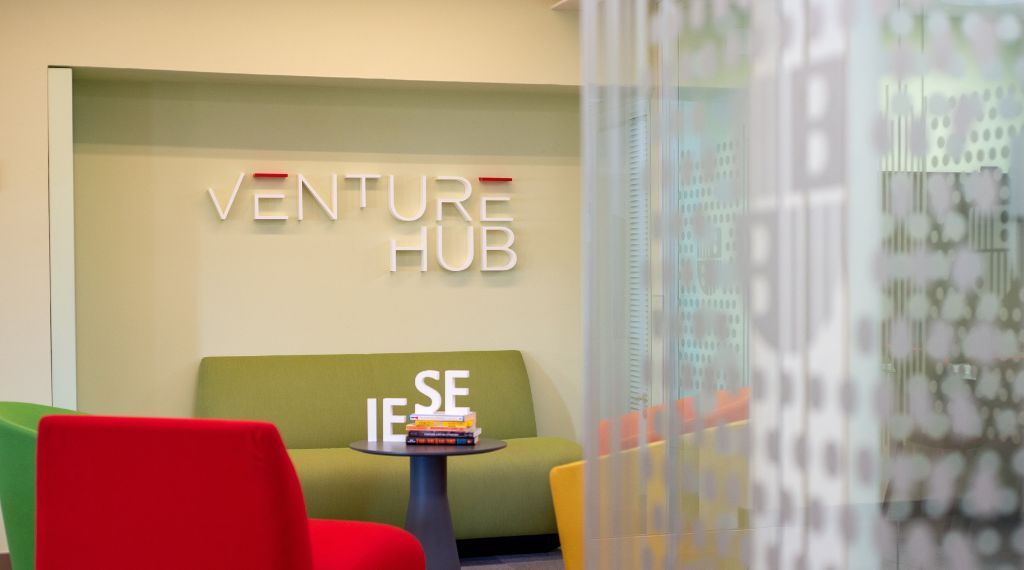
Stories
From broken innovation to linked innovation
New research looks at closing the gap between discoveries and market value
Concept of connection as a connected group symbol with different ropes tied and linked together pulling on a metal chain as an unbreakable link as a community trust and faith metaphor.
July 9, 2019
Who will invent practical quantum computers? Viable ways to break down plastic waste? Gene therapies that eradicate cancer?
Tackling the many challenges of our day, and feeding our need to innovate, research centers — be they in university, government or industry settings — are crucial for developing new technologies and scientific discoveries.
And yet, despite record levels of R&D spending globally, many research centers will end up shuttered, sending their scientists, professors and experts packing. According to a new report, the closures often stem from a failure to turn research ideas into economic value, rendering the innovation research unsustainable or broken.
Based on a four-year analysis of 3,881 research centers in 107 countries, a new report by IESE’s Josemaria Siota and Tony Davila — in collaboration with Opinno’s Xavier Contijoch, the European Commission, National University of Ireland Galway, Roma Tre University, European Young Innovators Forum, VentureHub and Translated — offers mechanisms to move away from broken innovation and toward linked innovation.
“Linked innovation is the answer, whether the center operates in engineering or pharmaceuticals,” say Siota and Davila of IESE’s Entrepreneurship and Innovation Center (EIC). They define linked innovation as “the connected process between research and commercialization, a route in which the investigation done is transformed into economic value to make the process sustainable.”
Connecting pull of market and push of knowledge
Along this route, the report tracks three phases of centers’ work: (1) research (discovery), (2) transformation (invention) and (3) commercialization (innovation). Success in innovation requires interconnecting “the pull of market needs and the push of knowledge.” As they explain: “Perceived demand will be met only if the appropriate knowledge is available, and innovation will happen only if there is a market for it.”
Via infographic displays, this 40-page report intended for leaders of research centers presents a quick overview of six gaps to watch out for, 18 mechanisms to address them and 12 business models that are working elsewhere — at universities, in industry and in government.
For each of the dozen models that have worked, the report includes a high-performing example:
1. Short-term external contracting (e.g., HP’s grants for academics)
2. Medium-term external contracting (e.g., research projects funded by corporations such as The Economist Group)
3. Long-term external contracting (e.g., Google and PWC’s joint venture)
4. Internal contracting through transfer pricing (e.g., General Electric’s aviation investments)
5. Freemium product/service (e.g., a University of Southern California’s initiative to gather data from startups)
6. Research licensing (e.g., SAP’s software licensing fee structure)
7. Technology transfer by public funding (e.g., working with the U.S.’s National Aeronautics and Space Administration, NASA)
8. Creation of spin-offs (e.g., Cyclotron Road’s support of energy technology)
9. The search model (e.g., Roche’s pioneering use of scouts)
10. The consultancy joint venture (e.g., Columbia Business School and PWC’s Strategy& team)
11. Short-term marketing collaboration (e.g., the National Science Foundation’s 20 associated engineering centers for corporate members)
12. Long-term marketing collaboration (e.g., Duke’s faculty chairs)
The authors report that the single most common dilemma faced by leaders in the field is how to achieve economic sustainability while preserving academic quality. But do leaders have to choose between academic rigor and profitability? Not if research and economic value are aligned in an integrated vision that also includes social impact.
In addition to the business models, metrics and mapping, the report’s collection of best practices addresses issues in communication, marketing, team size, operations and more.
Methodology, very briefly
The report is based on an analysis of 3,881 research centers in 107 countries; 54 on-site visits to centers; interviews with 61 leaders — managing directors or those in other leadership roles.


